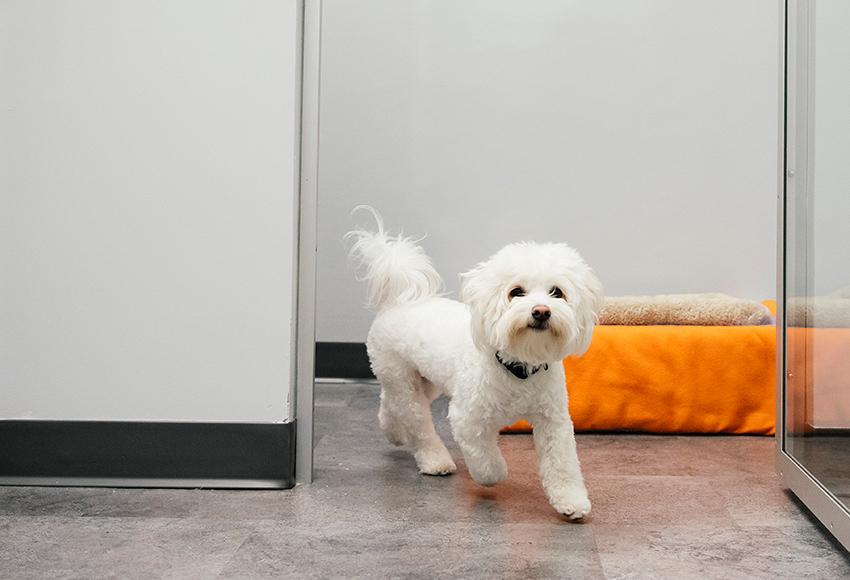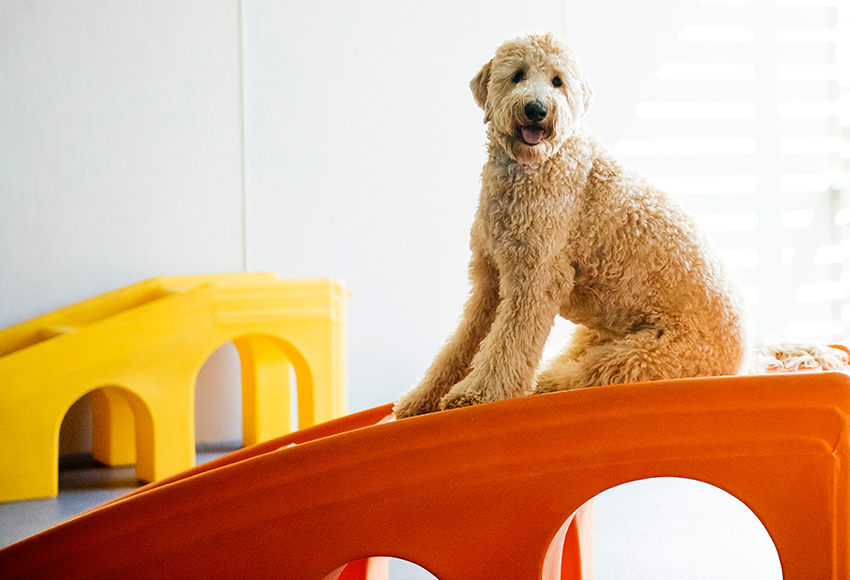Managing Your Dog’s Spring Allergies
March 9, 2025

As spring approaches in Summerville, South Carolina, and that familiar yellow film starts to coat outdoor surfaces, you know it’s officially allergy season! If the sight of that pesky pollen didn’t clue you in, your watery eyes and sneezing probably did.
Pollen allergy symptoms affect humans and canines alike. For dogs, who are lower to the ground and often roll in the grass, pollen can be equally, if not more, vexing.
Allergy Symptoms to Watch for in Dogs
A dog who is suffering from allergies may experience one or more common symptoms. Typical reactions to spring allergies in dogs that you should look out for include:
- Itchy Skin: Excessive scratching, biting, or licking, especially around the paws, ears, and face.
- Red or Inflamed Skin: Visible irritation or rashes.
- Ear Infections: Frequent head shaking or scratching at the ears.
- Watery Eyes, Runny Nose, and Sneezing: Similar to human hay fever symptoms.
Limit Outdoor Exposure
During high pollen times, such as early mornings, keep your dog indoors. Avoid long walks, especially in grassy areas, and limit outdoor time to potty breaks.
In South Carolina, pollen season typically begins as early as February, with levels peaking around April. Apps like My Pollen Forecast can help you find your local pollen count.
Schedule Regular Spa Appointments
A good hygiene routine is always important for dogs. But in allergy season, it’s especially important to give your pup baths, including thorough ear cleanings and paw care.
Ask your groomer to use hypoallergenic shampoos to remove allergens from your dog’s coat. Or, bring your own shampoo that you know does not irritate your dog’s sensitive skin.
Keep Their Living Spaces Clean
Regularly wash your dog’s bedding and toys and vacuum often. Doing so can reduce indoor allergens and help remove pollen that may have been tracked inside your home.
Consult Your Veterinarian
Discuss appropriate allergy medications and dosage with your vet. There are many options available, from over-the-counter medicine to prescription pills to allergy shots. You may even consider seeing a specialty vet such as a canine dermatologist.
Be Sure it’s Allergies and Not a Cold
It can be tricky to distinguish between allergies and colds in dogs. Key differences include:
- Duration: Allergy symptoms persist as long as the allergen is present, whereas cold symptoms take one to two weeks to go away.
- Discharge: Allergies often cause clear nasal discharge, while colds may produce thicker, colored mucus.
- Behavior: Dogs with allergies remain active, whereas those with a cold might exhibit lethargy.
Most important: allergies are not contagious; colds are. If you suspect that your dog’s symptoms may be a cold, it is best to check with your vet and limit exposure to other dogs until your vet determines that your dog is dealing with allergies and not a cold.
Visit Dogtopia for Indoor Play
Don’t let springtime allergies affect your dog’s playtime and wellness goals! Dogtopia’s climate-controlled playrooms are always clean and comfortable so dogs can have the Most Exciting Day Ever!
Start a healthy new habit this spring with doggie daycare! Book your Meet & Greet at Dogtopia of Summerville today.







